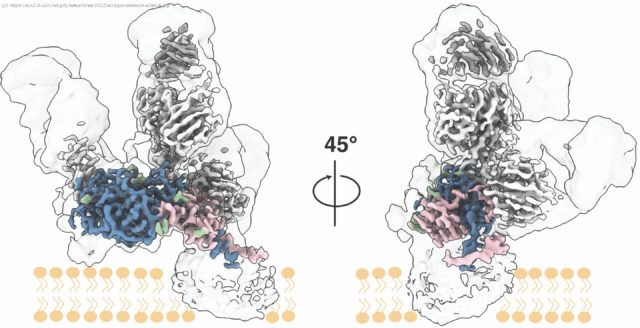A team led by scientists at Scripps Research and the University of Amsterdam has achieved an important goal in virology: mapping, at high resolution, critical proteins that stud the surface of the hepatitis C virus (HCV) and enable it to enter host cells.
October 20, 2022
A team led by scientists at Scripps Research and the University of Amsterdam has achieved an important goal in virology: mapping, at high resolution, critical proteins that stud the surface of the hepatitis C virus (HCV) and enable it to enter host cells.
The discovery, reported in Science on October 21, 2022, details key sites of vulnerability on the virus—sites that can now be targeted effectively with vaccines.
« This long sought-after structural information on HCV puts a wealth of previous observations into a structural context and paves the way for rational vaccine design against this incredibly difficult target, » says study co-senior author Andrew Ward, Ph.D., professor in the Department of Integrative Structural and Computational Biology at Scripps Research.
The study was the product of a multi-year collaboration that included the Ward laboratory, the lab of Gabriel Lander, Ph.D. (also a professor in the Department of Integrative Structural and Computational Biology at Scripps Research); the lab of Rogier Sanders, Ph.D., of the University of Amsterdam; and the lab of Max Crispin, DPhil, at the University of Southampton.
It is projected that roughly 60 million people globally—including about two million Americans—have chronic HCV infections. The virus infects liver cells, typically establishing a « silent » infection for decades until liver damage becomes severe enough to cause symptoms.






